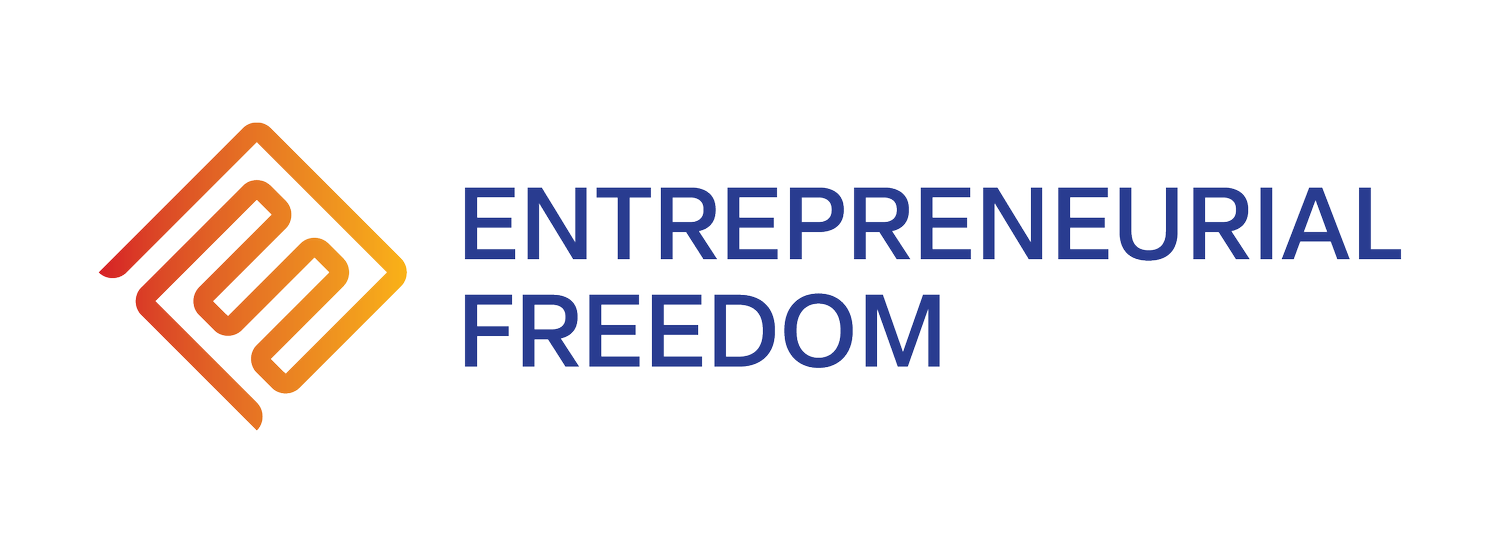How Improving Team Engagement Boosts Business Outcomes
Imagine this: Every time you run payroll, 11.5% of your team’s salaries are quietly slipping through your fingers — vanishing into the void of disengagement.
It’s not visible on a balance sheet, but it’s there, silently eroding your bottom line.
This isn’t just a theory; it’s what Gallup research has shown time and again.
Disengaged employees — those who show up, do the bare minimum, and mentally check out—are costing U.S. businesses an estimated $350 billion every year. And if you think your business is immune, think again.
The Cost of Doing Nothing
Gallup’s comprehensive employee engagement studies reveal the stark contrast between top-performing, highly engaged teams and those languishing in disengagement. The numbers tell a sobering story:
Profitability: Engaged teams see a 23% increase in profitability compared to their disengaged counterparts.
Productivity: Sales productivity jumps by 18% in high-engagement teams.
Turnover: High-turnover industries experience an 18% reduction in employee turnover, while low-turnover industries see an even more impressive 43% reduction.
Customer Loyalty: Engaged teams drive a 10% boost in customer loyalty.
Quality: Quality defects plummet by 41%.
Absenteeism: Absences drop by a staggering 81%.
Safety: Workplace safety incidents decrease by 64%.
Every one of these metrics directly impacts your business’s performance and profitability. Ignoring engagement isn’t just a cultural issue — it’s a financial liability.
The Hidden Payroll Drain
Disengagement isn’t always loud. It doesn’t announce itself. It creeps in as neutral, indifferent work. Employees may not be outright toxic, but they are far from invested.
Gallup estimates that this disengagement results in the waste of 11.5% of total payroll.
If your payroll is $2 million a year, that’s $230,000 evaporating into thin air — every year. Can your business afford that leak?
Engagement: The Strategic Lever You Can’t Ignore
The upside of engagement is equally powerful. When leaders invest in fostering a culture where employees feel valued, heard, and connected to the company’s vision, the business responds in kind.
Profits rise. Retention strengthens. Teams become more resilient and productive. Clients feel the difference.
This isn’t about ping-pong tables or free snacks. It’s about creating an environment where people believe their work matters and their contributions drive the company forward.
Take Action: Know Your Numbers
Here’s your challenge: Run the numbers for your business.
Calculate 11.5% of your payroll. That’s your potential disengagement cost.
Consider the 23% profitability boost high-engagement companies experience. What would that look like on your bottom line?
The choice is clear.
Engagement isn’t a nice-to-have — it’s a strategic, profit-driving imperative.
What’s Dragging Your Team
(and You) Down?
Don’t Guess — Find Out. Download the Team Performance Checkup
and Start Clearing the Path to Profitable Growth.


